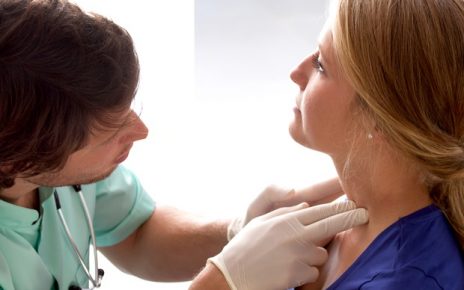The purpose of World Patient Safety Day is to promote patient safety by increasing public awareness and engagement, enhancing global understanding and working towards global solidarity and action.

Every year, millions suffer injuries or lose their lives owing to unsafe or poor quality healthcare. According to World Health Organization (WHO), up to four out of 10 patients are harmed in primary and ambulatory care settings. Data also suggests that 134 million adverse events occur each year in hospitals in low middle income countries (LMICs) contributing to 2.6 million deaths annually. However, about 80 per cent of harm in these settings could be avoided. To mark the importance of patient safety, the first-ever World Patient Safety Day is being observed on September 17, 2019. Launched by WHO as a global campaign ‘Medication without Harm’, the day aims to create awareness around patient safety and urge people to show commitment to making healthcare safer. The theme for this year is ‘Patient Safety: a global health priority’ and the slogan is ‘Speak up for patient safety’.
ALSO READ | Regulating medical devices sector a ‘priority’ in Health Ministry’s five-year plan
On May 24, 2019, WHO member states from all 194 countries endorsed the establishment of a World Patient Safety Day to be marked annually on September 17, officially including it on WHO list of health dates. The day marks the coming together of all health stakeholders from across the world for patients including patients’ groups, care givers, civil society organisations and other relevant stakeholders.
This common cause of safe-patient-centered healthcare is an essential component for the achievement of universal health coverage, as per WHO.
What is patient safety?
Patient safety is the absence of preventable harm to a patient during the healthcare process and reduction of risk of unnecessary harm associated with healthcare to an acceptable minimum. ‘Acceptable minimum’ refers to the collective notion of given current knowledge, resources available and the context in which care was delivered weighed against the risk of non-treatment or other treatment.
Risks in healthcare
Every point in the process of care-giving contains a certain degree of inherent unsafe risk such that, as per WHO, 15 per cent of hospital expenses can be attributed to treating patient safety failures in OECD (Organisation for Economic Co-operation and Development) countries including Austria, West Germany and Norway. The most detrimental errors are related to diagnosis, prescription and the use of medicines.
ALSO READ | Health ministry drafts framework for ensuring patient safety
Significance of the day
WHO says that investments in reducing patient harm can lead to significant financial savings, and more importantly better patient outcomes. An example of prevention is engaging patients, which, if done well can reduce the burden of harm by up to 15 per cent.
The purpose of World Patient Safety Day is to promote patient safety by increasing public awareness and engagement, enhancing global understanding and working towards global solidarity and action.
Safety of patients during the provision of health services is a prerequisite for strengthening healthcare systems and making progress towards effective universal health coverage (UHC) under Sustainable Development Goal 3 (ensure healthy lives and promote health and well-being for all at all ages).
The six International Patient Safety Goals are:
*Goal 1 – Identify patients correctly
*Goal 2 – Improve effective communication
*Goal 3 – Improve the safety of high-alert medications
*Goal 4 – Ensure correct site, correct procedure, correct patient surgery
*Goal 5 – Reduce risk of health care-associates infections
*Goal 6 – Reduce the risk of patient harm resulting from fall
Source: Read Full Article



